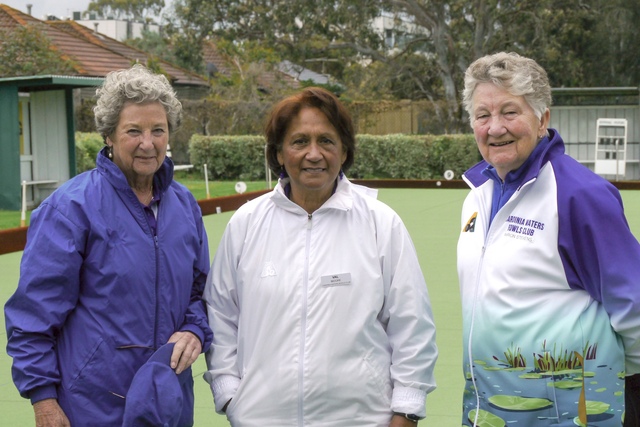Leading safety agency Kidsafe Victoria is calling for legislative changes to make booster seats mandatory for children until they are 10 years of age and/or pass the 5 step test, to ensure they do not graduate to using an adult seat belt until they are tall enough to safely do so.
Kidsave chief executive Melanie Courtney emphasised the need for legislators to adopt best practice guidelines to ensure parents and carers are provided with clear advice on the optimal use of child car restraints, and how to minimise the risk of injury for their children.
“Even though our children appear tall in our eyes, most children up to the age of 10-12 will require a booster seat to optimise their safety in the event of a collision. The evidence shows that it’s safest to leave children in booster seats until they have outgrown the size limit,” she said.
The risk of serious injury for children who can still fit in a booster seat but don’t use one can be up to 3.5 times higher.
The current laws require children over 7 years of age to travel in a booster seat or an adult seat belt.
“It’s time to change the laws to reflect what is safest for children, and make them easy for all parents and caregivers to understand,” she said.
The 5 step test
A child can obtain a good seat belt fit if the answer to all questions in the 5 step test are yes.
Back: Can the child sit all the way back against the vehicle seat back?
Knee: Do the child’s knees bend comfortably in front of the front edge of the vehicle seat?
Lap belt: Is the lap belt sitting low across the hip bones touching the thighs?
Sash belt: Does the sash (shoulder) belt sit across the middle of the shoulder, not on the neck or out near the arm?
Stay: Can the child stay seated like this for the whole trip?
The National Best Practice Guidelines
These guidelines were developed through a partnership between Kidsafe Australia and Neuroscience Research Australia, supported by a panel of child road safety experts and are approved by the National Health and Medical Council of Australia.
The aim of these guidelines is to provide parents, carers, and road safety practitioners with clear advice on optimal use of child restraints and seat belts by children aged 0-16 years when travelling in motor vehicles, to minimise their risk of injury in the event of a crash.
www.kidsafevic.com.au/road-safety/child-restraints/child-restraint-laws/







